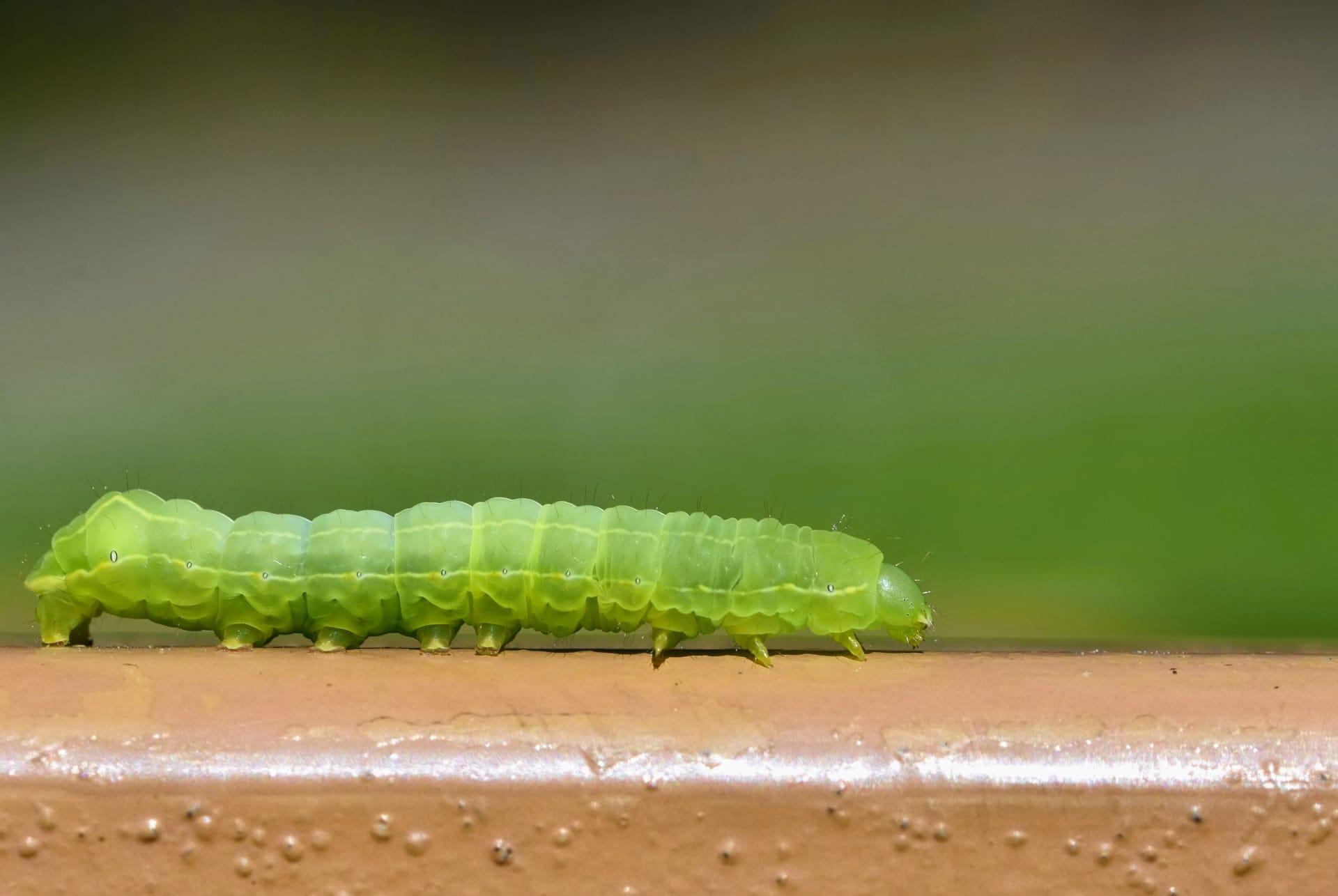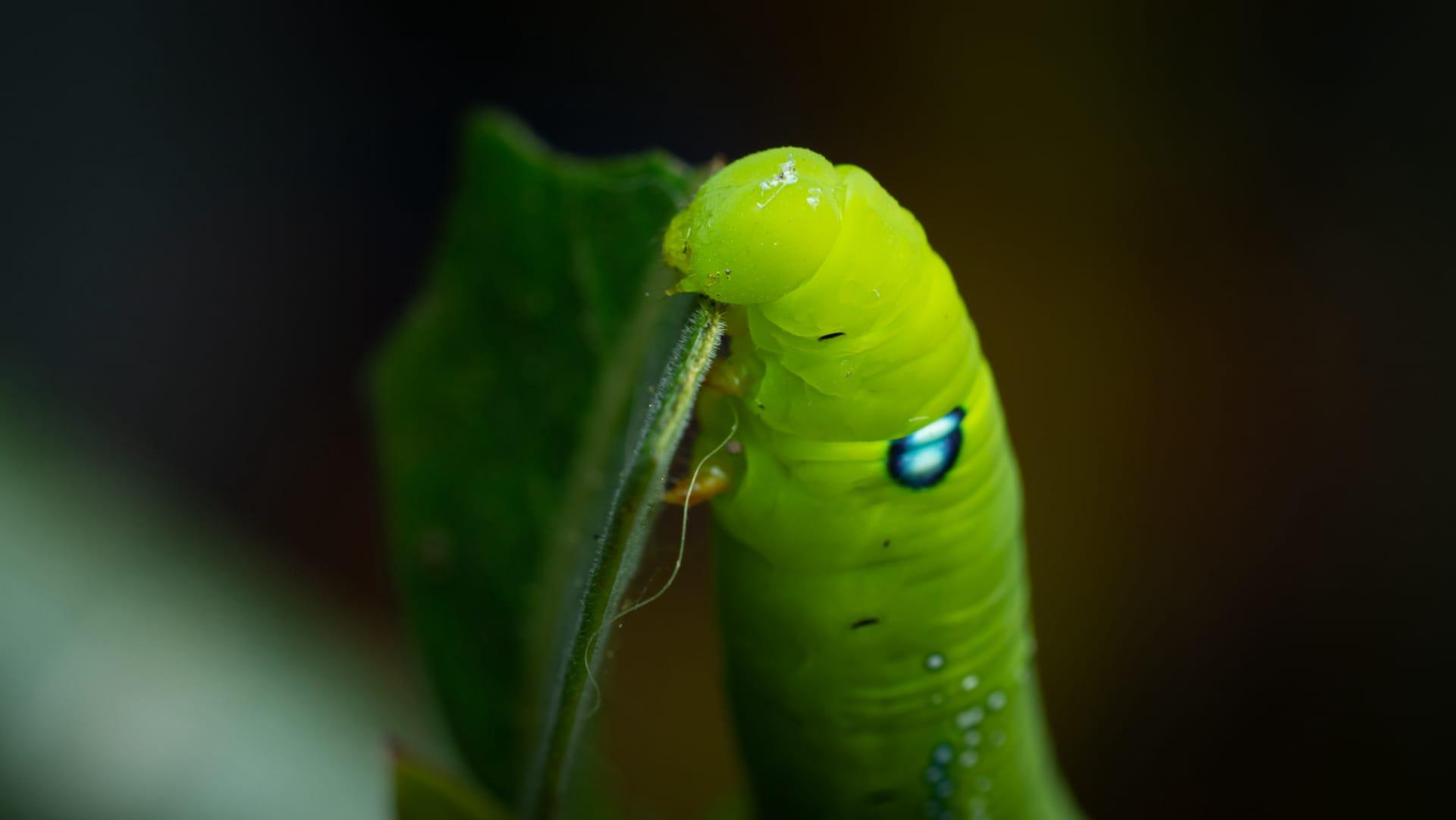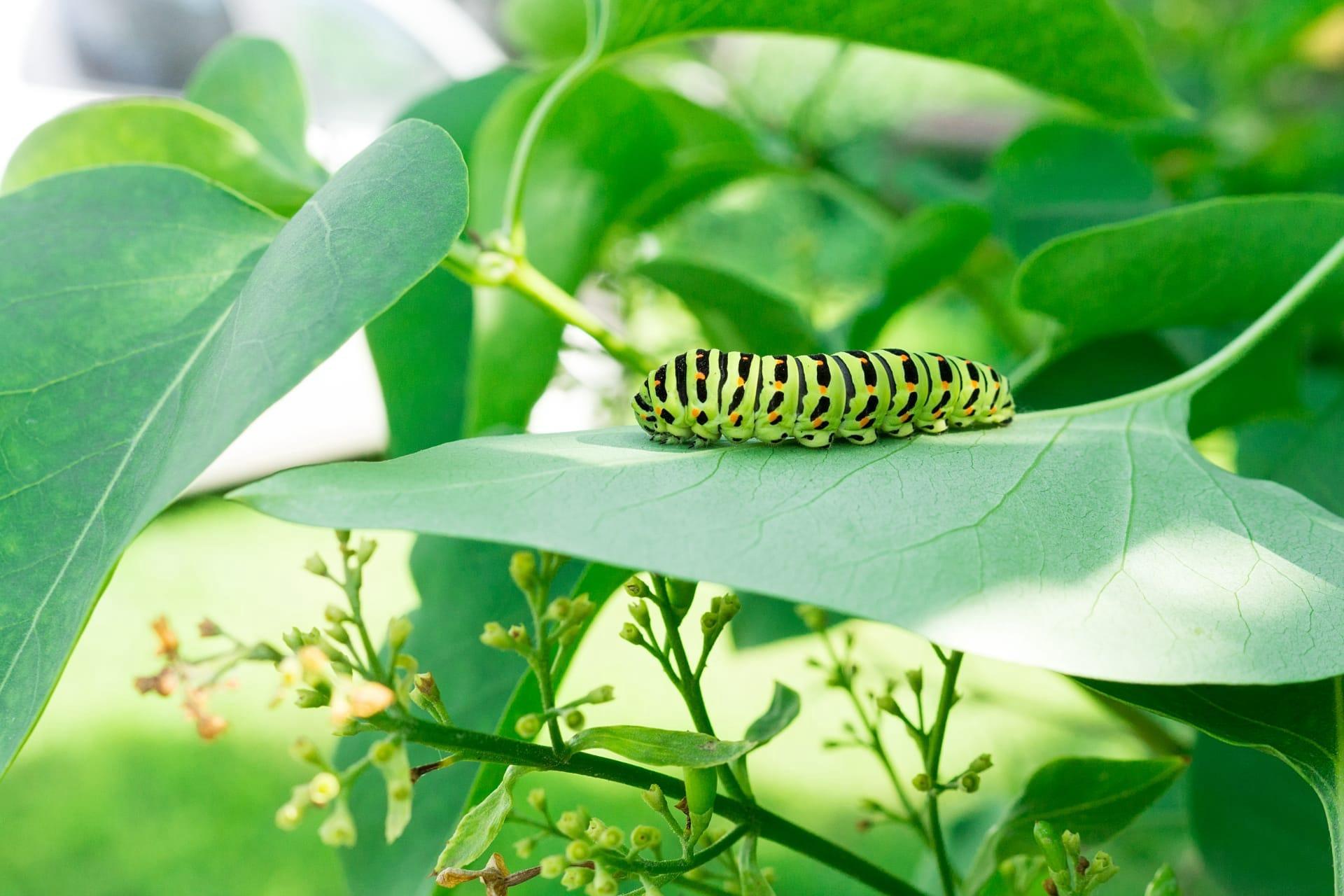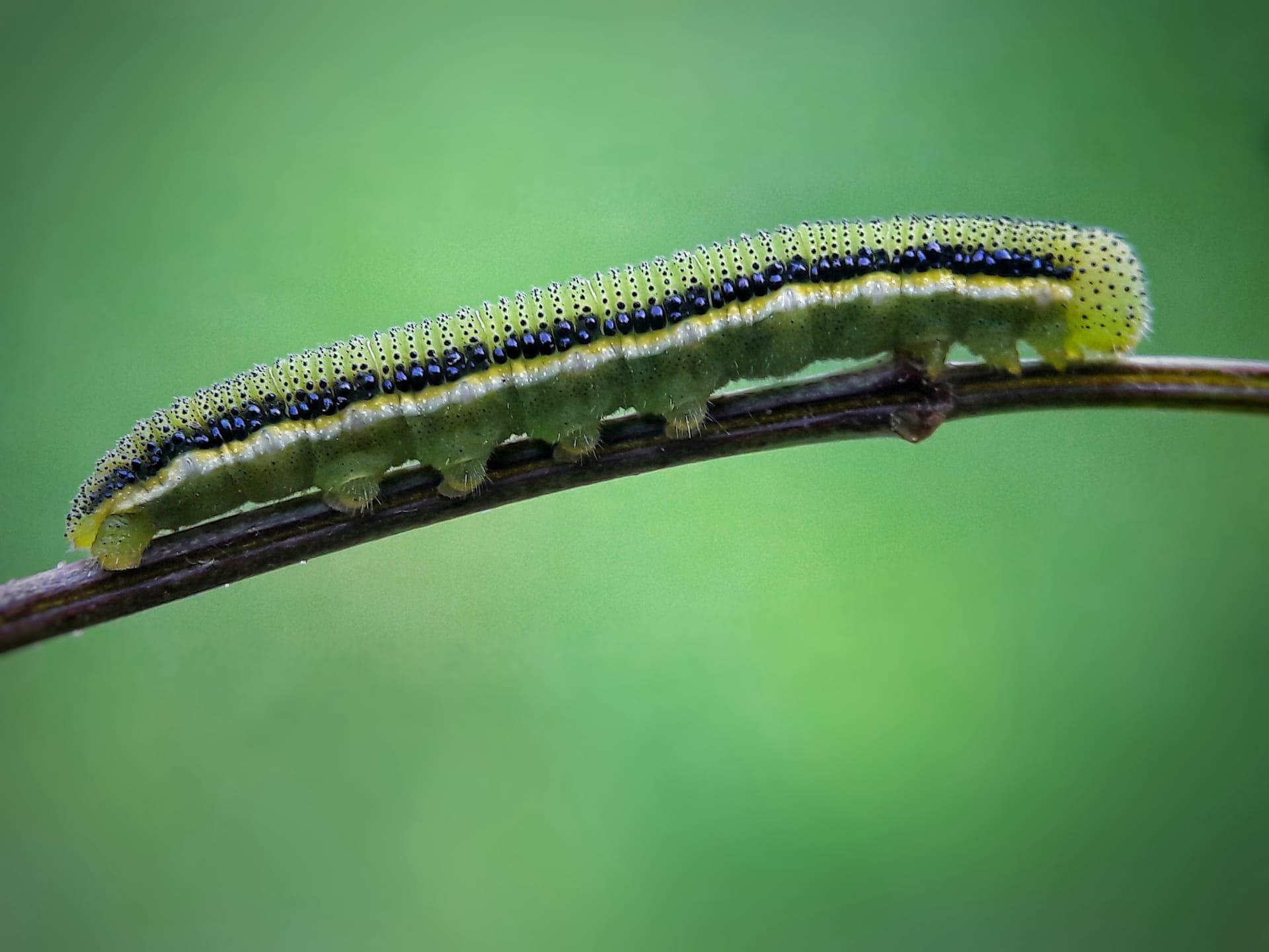Green Caterpillar
- Home /
- Mini Encyclopedia /
- Animal /
- Green Caterpillar
1
Green caterpillars, a common name for a variety of species in the order Lepidoptera, are predominantly larval stages of moths and butterflies. These caterpillars are classified based on the adult butterfly or moth they will become. The most notable families include Papilionidae, known for swallowtail butterflies, and Nymphalidae, which includes monarchs and fritillaries. Green caterpillars are found across these families, each with distinct characteristics like size, markings, and the number of instar stages they undergo before pupation.
The distribution of green caterpillars is as diverse as their species. They are found globally, adapting to a wide range of habitats from tropical rainforests to temperate gardens. Their presence is often noted in areas with abundant vegetation, which serves as their primary food source. Some species, like the green hornworm, are common in North America and feed on tomato plants, while others, such as the cabbage looper, are widespread in vegetable gardens across Europe and Asia. Their distribution largely depends on the presence of host plants for feeding and laying eggs.

2
Question: Do green caterpillars harm plants?
Answer: It's a common misconception that all green caterpillars are harmful to plants. While some species, like the tomato hornworm, can cause significant damage to crops, many green caterpillars play a minimal role in affecting plant health. In fact, in a balanced ecosystem, they contribute to the natural cycle by aiding in plant pollination and serving as a food source for other animals. It's important to understand the specific species and their habits before deeming them harmful, as indiscriminate removal can disrupt ecological balance.

3
Green caterpillars employ various survival strategies. Camouflage is a primary tactic, as their green color blends seamlessly with leaves and stems, hiding them from predators. Some species have developed physical adaptations like spines or hairs, which serve as a deterrent to birds and small mammals. Additionally, many green caterpillars have evolved behavioral patterns like feeding at night to avoid daytime predators.
Another key survival strategy is rapid growth. Caterpillars are voracious eaters, consuming large amounts of foliage to gain the energy needed for metamorphosis into butterflies or moths. This rapid feeding and growth allow them to minimize the time spent in their vulnerable larval stage. Some species also engage in mimicry, imitating the appearance of more dangerous insects or unpalatable leaves to avoid being eaten.

4
In the ecosystem, green caterpillars play a crucial role in the food web. They serve as a food source for a variety of animals, including birds, bats, and other insects. This predation plays a significant role in controlling their populations and maintaining ecological balance. Caterpillars also aid in pollination. As they move from plant to plant, they inadvertently transfer pollen, facilitating the reproduction of various plant species.
Furthermore, green caterpillars contribute to nutrient cycling. Their feeding activity helps in breaking down plant materials, which in turn enriches the soil. As caterpillars transition into adult butterflies or moths, they continue to impact the ecosystem through pollination and as a part of the food web, highlighting their role in both their larval and adult stages.

5
Film: "The Secret World of Caterpillars" (USA, 2017) offers an in-depth look into the life of caterpillars, including green varieties. This documentary, filmed across various locations in North America, captures their transformation journey and sheds light on their ecological importance.
Book: "Caterpillars of the World" by David James (UK, 2019) provides a comprehensive guide to caterpillar species, including green caterpillars. It covers their biology, behavior, and the role they play in our environment, complete with vivid photography and distribution maps.
Book: "Butterflies and Moths: A Photographic Guide" by Paul Sterry (USA, 2021), although not exclusively about green caterpillars, includes them within its extensive coverage. The book details the life cycles of butterflies and moths, with a focus on the fascinating transformations and adaptations of their caterpillar stages.